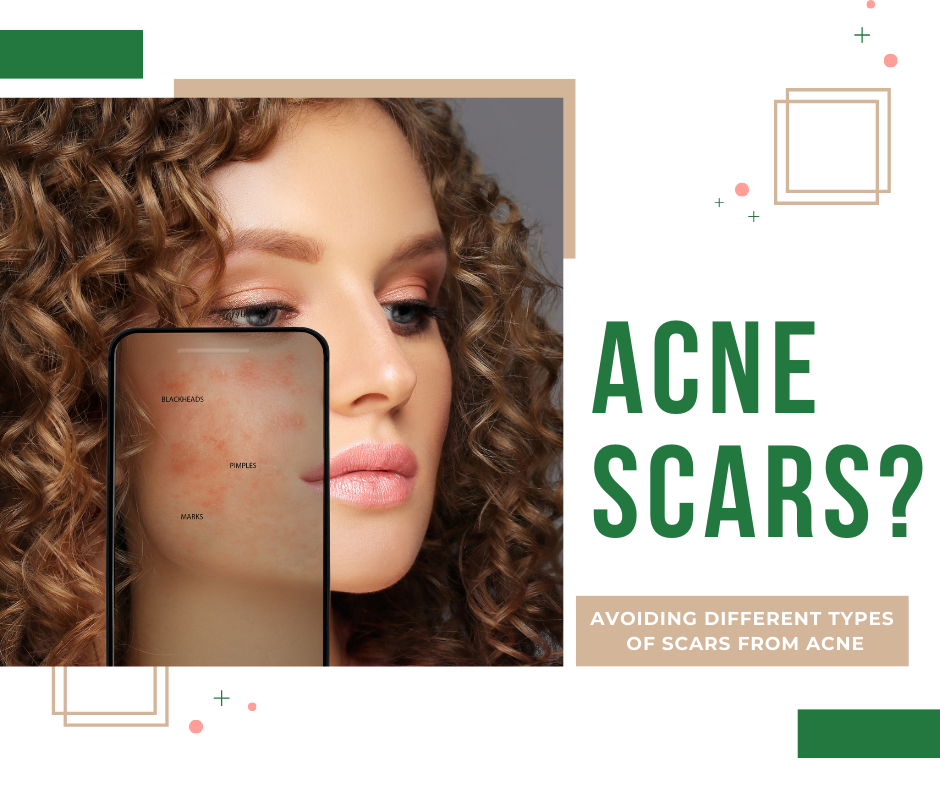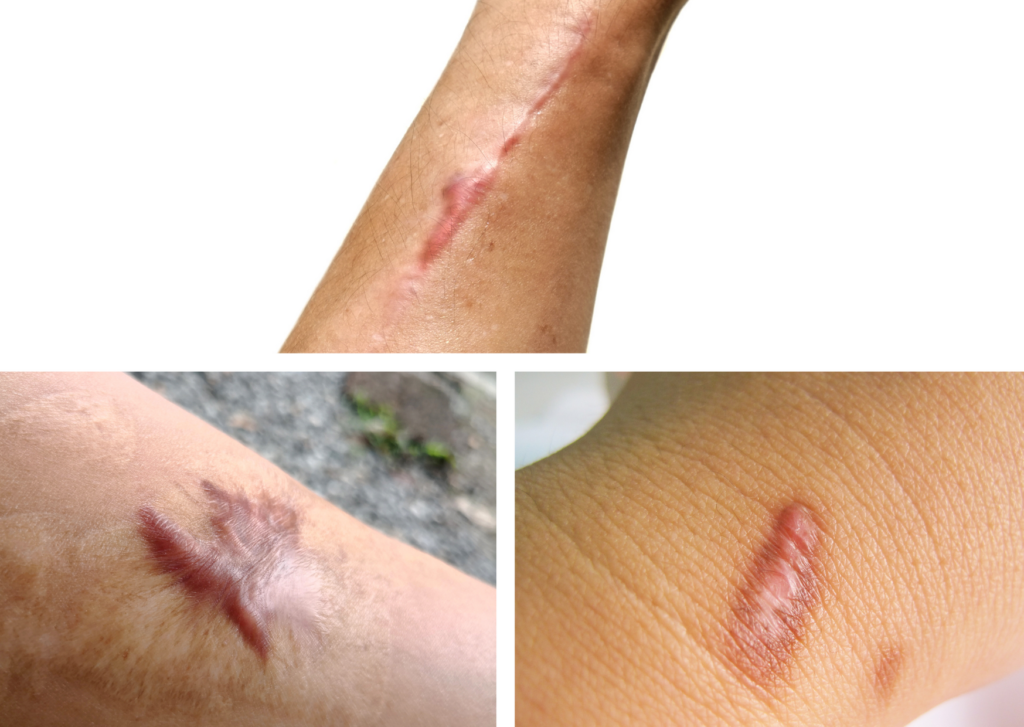
Are you someone who has just gotten rid of their acne issue or face frequent acne issue now and then? If so, the bigger problem for you after and during acne might be the acne scars that are also a constant and definite issue, right? Well, we all face such situations from time to time. However, this doesn’t mean that you have to stay stuck with such skin problems or end up considering yourself like that. Instead, if you understand the acne scarring type you’re facing and figure out how you can treat those types of scars from acne, things might eventually get normal.
Did this bring you some hope? If so, then let’s load that hope by understanding every types of scars from acne that people face and discover how you can treat them. So in case you are or will (by any chance) face any such acne scarring, you know exactly what you need to do at the right time. Sounds like a full-proof plan, right? Well then, let’s get started and discover all that below in detail.
Acne Scars and Their Treatment:
● Hyperactive Pigmentation:
Even though pigmentation isn’t one of the types of scars from acne, but it is caused by pimples. It’s simply the darker coloring of our skin that can occur during the healing process after inflammation, which is caused by pimples on our skin. Hence, these can be a highly common type of acne effect on our skin (after the acne vanishes).
Moreover, people with a darker complexion tend to face hyperpigmentation, as their skin produces more melanin and can easily face tan.
Avoiding Hyperpigmentation:
Even though hyperpigmentation can be caused as pimple scars, many other reasons can cause hyperpigmentation in a darker skin toned person. To avoid such skin problems, one can follow methods like:
- Avoiding Sun’s Exposure:
To do this, it’s highly important and beneficial to use a sunscreen with an SPF 30 or higher. Since the sun’s UV rays tend to darken your skin tone, they can make your hyperpigmentation makes even darker if you don’t use sunscreen under the sun.
- Avoiding Skin Picking:
When you face hyperpigmentation as a cause of any scar, you need to make sure that you don’t pick on those scars intentionally. This means that if you have any injury on your skin, picking on its spots, scabs, and acne can cause intense hyperpigmentation marks. Hence, avoid picking on any of the scars on your skin.
● Keloids:

Another one of the types of scars from acne includes Keloids, which is found on the skin when your skin becomes discolored, bumpy, and/or raised. This condition can look like scarring, which is termed as keloids. Moreover, the cause of these mounds is simply an unsuccessful recovery of your after inflammation. In other terms, when your body tries to heal after inflammation, but instead, it ends up producing too many cells, then you face keloid scars.
Avoiding Keloids:
Similar to hyperpigmentation, there are plenty of times when the lack of proper attention can cause your skin to face keloid scars. To prevent this, it’s important to follow measures of avoiding keloids. This includes:
- Cover New Wounds:
If you have any new wound, it’s important to cover it properly so that you don’t end up facing keloids afterward. To do this, you can cover the wound with a thick layer of petroleum jelly, i.e., Vaseline. Over this Vaseline, you can place a nonstick bandage and then hold this bandage in its place with a tape. This would help the wound have even pressure without making it worsen. Also, make sure to wash the new wound area every day with soap and water; and then repeat the bandaging process daily.
- Care after the Wound is healed:
Once your wound is healed after proper caring methods, it’s time to take care of the wound area. This is mainly because even after the main wound is healed, you may still end up facing keloids as a form of the aftereffect. To prevent this, use a silicone gel bandage on the wound. While placing this bandage, keep even pressure on the wound area. This would help prevent the growth of keloids in that area. Moreover, to ensure that the keloids aren’t formed or grown, keep covering your wound with a bandage for at least 2 to 3 months. At this time, you can keep the bandage on for 12 to 24 hours a day.
- Care After Piercing:
Even after you pierce your ear, nose, or any other skin on your body,, there are chances for keloids to be formed easily. To avoid facing this, make sure to use pressure earrings for the first 2 to 3 months (since keloids take 3 months to grow). You can find these earrings with the name of Zimmer Splints.
● Icepick Scars:
Icepick Scars can be considered as itty depressions on the skin. Don’t get it? Well, this simply means that these scars look like tiny holes that are made with tiny needles that are punctured on your skin. No, that’s not how they are formed, but instead, these scars can give such a look. However, the cause of these scars is the loss of collagen in the skin. This loss of collagen causes the overlying skin to collapse and leave small holes. These small holes look like narrow and deep ones that are commonly caused by cystic acne. Now for anyone who isn’t aware of what cystic acne is, these are simply the deep and painful pimples that occur on your jawline, cheeks, and chin. And these pimples can simply occur due to hormonal change.
Avoiding Icepick Scars:
To avoid facing an icepick scar after having cystic acne on your skin, it’s highly important to follow important measures. This includes measures like:
- Proper Cleaning:
Firstly, you need to make sure that your skin is properly and gently cleane
